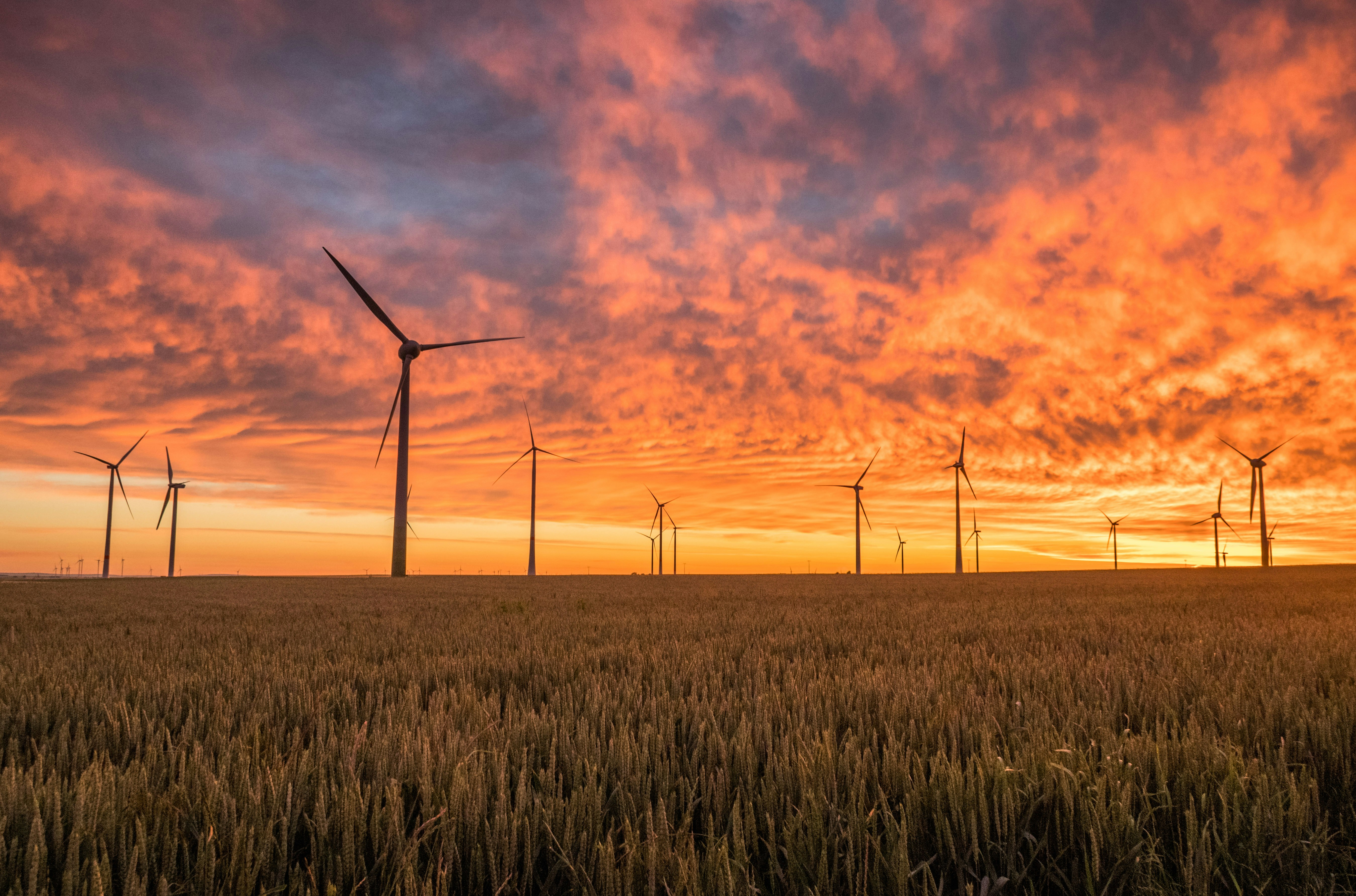News & Insights
Uganda’s Power Generation Capacity Reaches New Heights
Significant Growth in Renewable Generation
Apr 18, 2024

Uganda reports a substantial increase in power generation capacity, driven by new hydropower projects that enhance national supply stability.
Uganda has marked a significant milestone in its energy sector with the commissioning of the Karuma Hydropower Dam, which has boosted the country’s total installed power generation capacity to 2,200 megawatts (MW). This achievement is part of the government’s broader strategy to enhance electricity access and meet the growing energy demands of its population.
Overview of the Karuma Hydropower Project
The Karuma Hydropower Dam, which has a capacity of 600 MW, was inaugurated by President Yoweri Museveni on September 26, 2024. This project is not only the largest hydropower facility in Uganda but also the second-largest in the East African Community, following Tanzania's Julius Nyerere Hydropower Station.Energy Minister Ruth Nankabirwa emphasized the government’s commitment to increasing electricity generation capacity to support economic growth and development. “As a ministry, we remain committed to improving Uganda’s electricity generation capacity,” she stated during the commissioning ceremony.
Historical Context
Prior to the commissioning of Karuma, Uganda's installed power generation capacity was approximately 1,600 MW. The new addition represents a remarkable increase from just 380 MW in 2005, highlighting significant progress over nearly two decades. The government has ambitious plans to reach a total generation capacity of 52,000 MW by 2040 as part of its National Development Plan III.
Future Projects and Capacity Goals
In addition to Karuma, Uganda has lined up several other large-scale hydropower projects aimed at further increasing its generation capacity:
Ayago Power Project: Planned capacity of 840 MW, located downstream on the Victoria Nile.
Kiba Power Station: Expected capacity of 390 MW.
Oriang Hydropower Project: Anticipated capacity between 400 MW and 450 MW.
These projects are essential for meeting the projected electricity demand, which is expected to rise significantly as more households and industries gain access to power.
Economic and Social Impacts
The commissioning of Karuma is expected to have far-reaching economic benefits. It will not only improve electricity access for millions of Ugandans but also reduce tariffs over time as operational costs decrease. The Electricity Regulatory Authority (ERA) has indicated that tariffs for electricity generated from Karuma will progressively reduce as loans are repaid.With about 53% of Uganda’s current electricity access achieved, this new capacity will help bridge the gap for those still without reliable power. The government aims to connect more households and businesses to the grid, thereby enhancing productivity and quality of life.
Challenges Ahead
Despite these advancements, challenges remain. Minister Nankabirwa acknowledged that while Uganda's power generation capacity has increased, it still falls short of current consumption needs, which hover around 1,000 MW. The government is actively seeking additional funding and investment to support ongoing and future projects.
Conclusion
The inauguration of the Karuma Hydropower Dam marks a pivotal moment in Uganda's energy landscape, reflecting the government's commitment to expanding its electricity generation capacity and improving access for its citizens. As Uganda continues on this path towards energy independence and sustainability, it sets a strong foundation for economic growth and development in the region. With ongoing projects in the pipeline and a clear vision for the future, Uganda is poised to become a leader in renewable energy within East Africa.


